Scarcity of water and rising demand could soon be the trigger for wars around the world
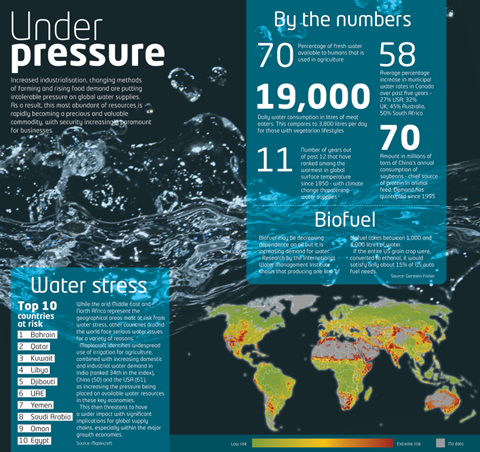
While many of the wars of the last century were over oil, the 21st century will mark the first major conflicts over water. So said then World Bank vice-president for environmentally and socially sustainable development Ismail Serageldin in 1995. And the problem of water scarcity has been growing year on year ever since. Today the World Bank predicts water demand will double every 21 years.
A precious commodity
Water is becoming the most precious commodity, and economists believe it will soon be traded like oil, gas and gold. But pricing will be a big issue, both because the market is in its infancy and because there is a moral issue: under article 31 of the Universal Declaration of Human Rights, every person has the right to clean and accessible water and “no one shall be deprived of such access or quality of water due to individual economic circumstance”.
Today 2.6 billion of the world’s inhabitants lack basic sanitation. And 800 million people live under so-called water stress, where access to water is curtailed either by the environment or by economic issues. Water stress is a huge problem for all countries. The US Environmental Protection Agency has identified 36 US states that could face water shortages within five years through rising temperatures, drought, population growth, urbanisation and waste.
Mary Ann Dickinson, head of non-profit organisation Alliance for Water Efficiency, says businesses have yet to comprehend the enormity of the risk. “The effect will be profound, but it will be gradual and a surprise to many businesses,” she says. “Water has been so freely available and certainly in the western world it has been very inexpensive and very reliable. Businesses have taken it for granted, much like the average consumer.”
China’s carnivorous appetite
US financial advisory firm Gerstein Fisher points to water crunches appearing across the globe caused by a deepening crisis of supply and demand as a result of the growth of China and India.
Its report, Water: A Precious Commodity, describes China’s appetite for agricultural consumption as “carnivorous”. The nation’s wealth creation has changed its population’s diet so rapidly, it says, that it cannot keep up with the amount of water needed to feed its animals.
“As the Chinese become more carnivorous, here’s the catch: they don’t have nearly enough arable land … or water to produce the grains to feed the cows, pigs, chickens and fish. The UN estimates that the annual increase alone in China’s meat consumption requires 390km3 of water,” says the report.
China meets this deficit through what is known as a virtual water trade-importing water as an agricultural product from virtual water exporters such as the US, Canada, Australia and Brazil. China, with its massive trade surpluses, can afford this; so can oil-rich, water-impoverished Saudi Arabia, whose wheat output has collapsed due to water shortages.
Investors are urged to follow this trade along with emerging agricultural and foodstuff companies. Traditional water infrastructure, sewerage, desalination and biotech companies will proliferate to become lucrative parts of the new supply chain. Corporate risks will then emerge over who gets access to the water.
Top five water facts
- Agriculture
China now buys 60% of the world’s entire soybean exports to help feed its population of 1.35 billion people. - Consumption
It takes 5,000 litres of water to produce a kilo of rice and 345,000 litres to make a tonne of paper. - Demand
Global demand for fresh water exceeds supply by 17%, says the Population Institute. Demand is predicted to double every 21 years. - Access
More than one in eight people worldwide don’t have access to safe drinking water, while 80% of illness in the developing world is due to poor water supply and sanitation. - Investment
Around $22 trillion will be needed in the next 25 years to upgrade the global water and sewerage systems.





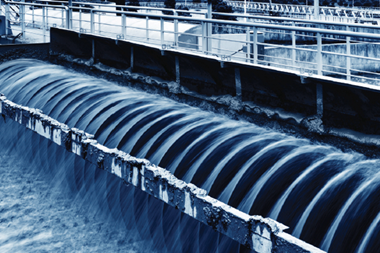
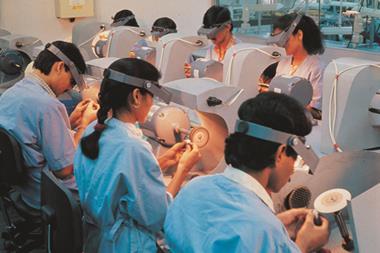
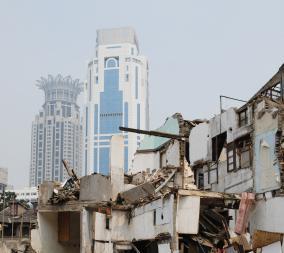


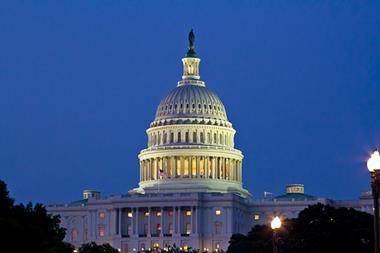









No comments yet